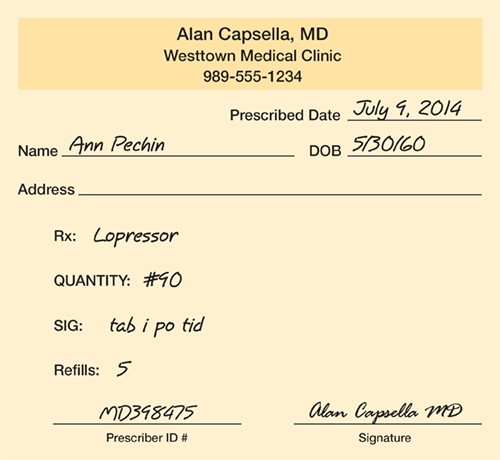The nurse has been working in a long-term care facility for several years. The nurse has decided to leave the facility to work elsewhere. When terminating her relationship with clients, the nurse should
a. prepare clients for termination.
b. inform clients that she will "keep in touch."
c. inform clients that they have benefited from the relationship.
d. discuss feelings with clients during the last encounter.
ANS: A
Termination of a meaningful nurse-client relationship in long-term settings should be final. To provide the client with even a hint that the relationship will continue is unfair. It keeps the client emotionally involved in a relationship that no longer has a health-related goal. There needs to be a mutual evaluation of benefits from the relationship. Feelings need to be expressed and discussed well before the last encounter.
You might also like to view...
A patient began vomiting and continued to do so for several hours. What is the result of this loss of stomach contents?
a. Metabolic acidosis b. Metabolic alkalosis c. Respiratory acidosis d. Respiratory alkalosis
The nurse is obtaining a visual history from a client who has noted an increased in glare and changes in color perception. Which assessment would the nurse anticipate to confirm a definitive diagnosis?
A) Identification of opacities on the lens B) Identification of white circle around the cornea C) Identification of yellowish aging spot on the retina D) Identification of redness of the sclera
A nurse is explaining to nursing students why a cephalosporin is used in conjunction with an aminoglycoside for a patient with an infection. Which statement by a student indicates understanding of the teaching?
a. "Cephalosporins enhance the actions of aminoglycosides by weakening bacterial cell walls." b. "Cephalosporins prevent neuromuscular blockade associated with aminoglycosides." c. "Cephalosporins prolong the postantibiotic effects of the aminoglycosides so doses can be decreased." d. "Cephalosporins reduce bacterial resistance to aminoglycosides."
What necessary information is missing from this prescription? 
A. route of administration B. dose C. none; the information is complete D. frequency